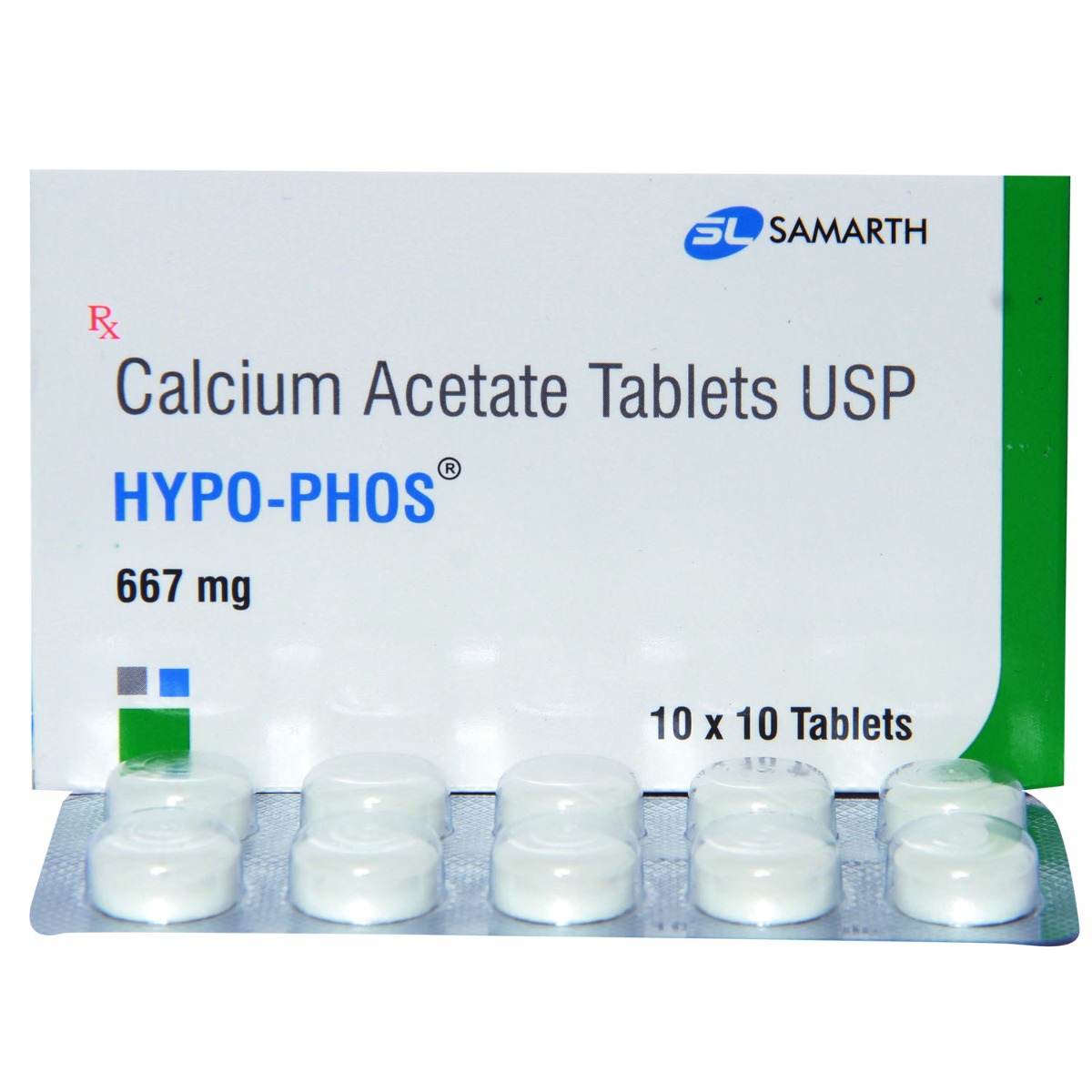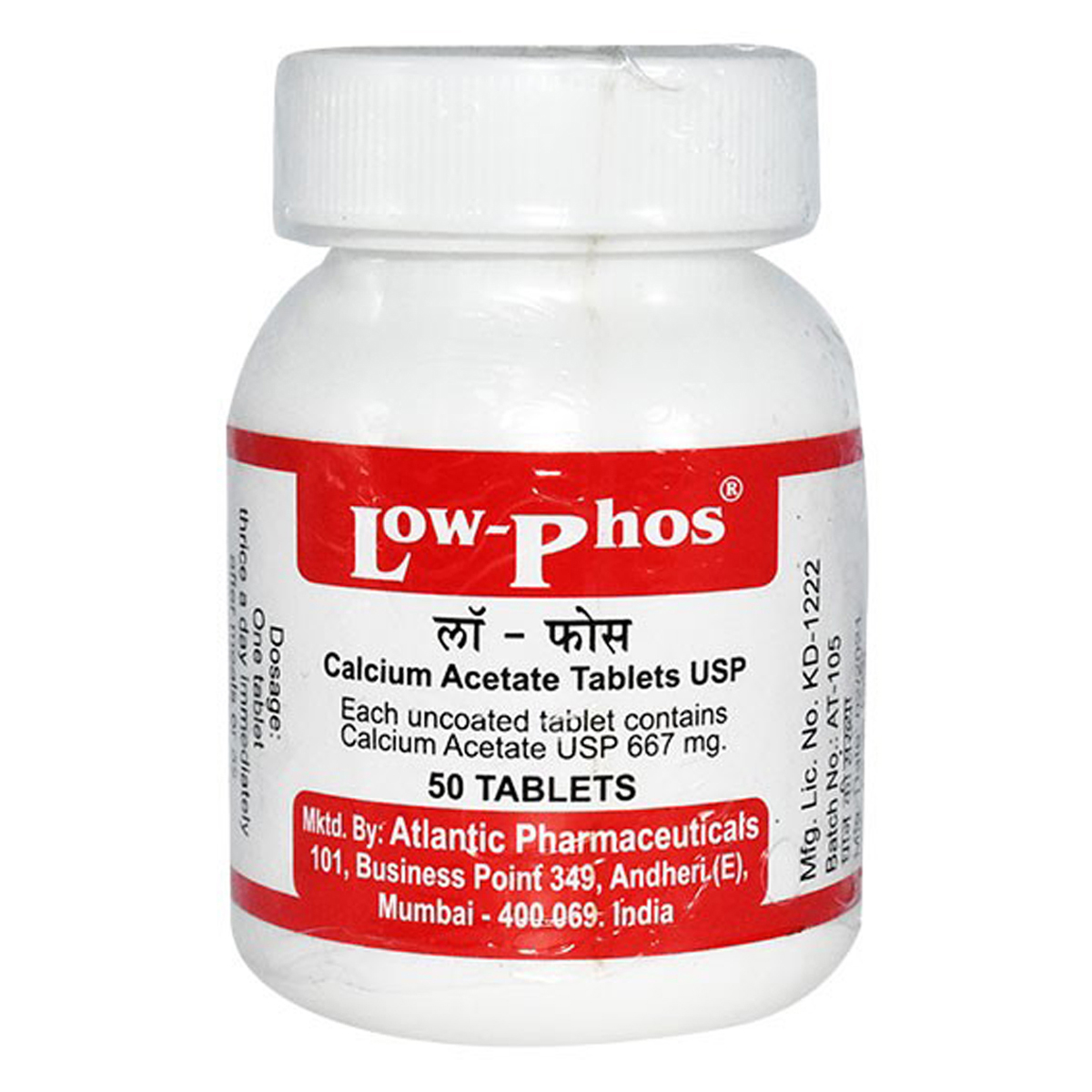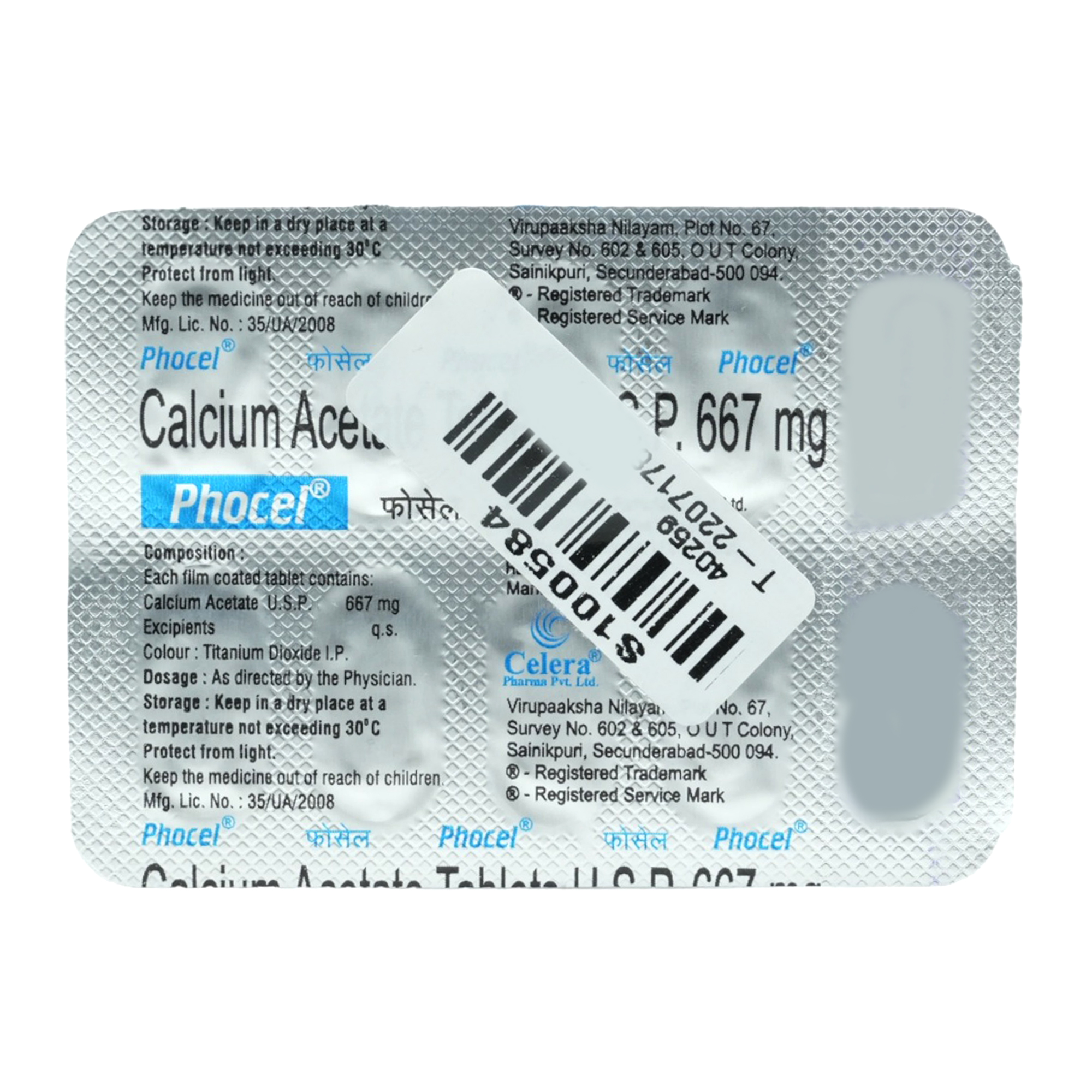Calcileap-T Tablet
MRP ₹40
(Inclusive of all Taxes)
₹6.0 Cashback (15%)

Available Offers
Therapeutic Class
Author Details
We provide you with authentic, trustworthy and relevant information
Drug-Drug Interactions Checker List
- NORFLOXACIN
- CIPROFLOXACIN
- HYDROCHLOROTHIAZIDE
- CHLORTHALIDONE
- ALENDRONATE
- RISEDRONATE
Drug-Drug Interactions
Drug-Drug Interactions
Login/Sign Up
Co-administration of Calcileap-T Tablet may interfere with the absorption of Demeclocycline and reduce its effectiveness.
How to manage the interaction:
Taking Calcileap-T Tablet may interfere with the absorption of Demeclocycline and reduce its effectiveness. Therefore, Calcileap-T Tablet and demeclocycline should not be taken orally at the same time. Maintaining a gap of 2-4 hours between both medicines is advised. Do not discontinue the medication without consulting a doctor.
Co-administration of Oxytetracycline when taken along with Calcileap-T Tablet lowers the levels of either medication. This interaction applies to the oral forms of both medications.
How to manage the interaction:
Although taking Oxytetracycline and Calcileap-T Tablet together can result in an interaction, it can be taken if a doctor has prescribed it. Do not stop using any medications without talking to a doctor.
Calcileap-T Tablet may interfere with the absorption of lymecycline and reduce its effectiveness.
How to manage the interaction:
Calcileap-T Tablet may interfere with the absorption of lymecycline and reduce its effectiveness. Although there is an interaction, Calcileap-T Tablet can be taken with lymecycline if prescribed by the doctor.
Co-administration of Dolutegravir with Calcileap-T Tablet can reduce the effectiveness of dolutegravir.
How to manage the interaction:
Taking Dolutegravir with Calcileap-T Tablet together can possibly result in an interaction, they can be taken together if prescribed by your doctor. It is recommended to take dolutegravir at least two hours before or six hours after the Calcileap-T Tablet dose. Do not discontinue any medications without consulting a doctor.
Co-administration of doxycycline with Calcileap-T Tablet can reduce its effectiveness.
How to manage the interaction:
Although there is an interaction between Calcileap-T Tablet and doxycycline, it can be taken together if prescribed by a doctor. It is adviced to take doxycycline 2 hrs before or 6 hours after taking Calcileap-T Tablet. Do not stop using any medications without talking to a doctor.
Drug-Food Interactions
Drug-Food Interactions
Login/Sign Up
Drug-Diseases Interactions
Drug-Diseases Interactions
Login/Sign Up
Increased serum calcium and phosphate levels that are greater than the solubility limit can cause calcium-phosphate precipitates to form in the body's vascular and renal systems as well as other soft tissues.
How to manage the interaction:
Therapy with Calcileap-T Tablet should be administered with extreme caution in patients with hyperphosphatemia (high phosphate in blood).
The contraction of heart muscle and the transmission of electrical impulses both include calcium. Patients with heart illness should receive therapy with calcium salt formulations (especially IV) with caution.
How to manage the interaction:
Therapy with Calcileap-T Tablet (particularly IV) should be administered cautiously to patients with cardiac disease.
Active transport and passive diffusion are both used to absorb calcium from the gastrointestinal system.
How to manage the interaction:
Malabsorption may decrease the absorption of Calcileap-T Tablet.
Patients with sarcoidosis may occasionally experience hypercalciuria, with or without hypercalcemia.
How to manage the interaction:
Hypercalciuria (excessive urinary calcium excretion), with or without hypercalcemia (high calcium levels), may occasionally occur in patients with sarcoidosis. Therapy with Calcileap-T Tablet should be administered cautiously and only if necessary in patients with sarcoidosis.
Drug Warnings
Before taking the Calcileap-T Tablet , inform your doctor if you are allergic to any of its ingredients. If you are pregnant, planning to become pregnant, or breastfeeding, or if you have high levels of calcium in your blood or urine or low levels of phosphate in your blood. Long-term high calcium levels in your blood may lead to a build-up of calcium in your blood vessels or soft tissues. Your blood calcium levels will be checked on a regular basis by your doctor. If your levels are too high, your dose will be lowered, or your therapy will be stopped immediately. Other medications, especially antibiotics (such as norfloxacin, ciprofloxacin, or tetracyclines), diuretics (such as thiazides), and bisphosphonates (used to treat bone problems), should not be taken with Calcileap-T Tablet unless prescribed by a doctor.
Side Effects of Calcileap-T Tablet
- Nausea (feeling sick)
- Vomiting (being sick)
- Constipation
- Diarrhoea
- Rash
Directions for Use
Medicinal Benefits Mweb
Key Benefits
Calcileap-T Tablet belongs to the class of medicines known as phosphate binders. It contains calcium acetate. It is commonly used to treat kidney failure in individuals undergoing regular haemodialysis or continuous ambulatory peritoneal dialysis (CAPD). In kidney failure, the phosphate levels in the blood can be high. Calcileap-T Tablet controls the phosphate levels by removing phosphate from the food in your stomach before it enters the bloodstream. Thus, it helps to prevent the high phosphate levels in the stream.
Uses of Calcileap-T Tablet
About Calcileap-T Tablet
Calcileap-T Tablet belongs to the class of medicines known as phosphate binders. It is used to control high blood levels of phosphorus in people with kidney disease who are on dialysis (medical treatment to clean the blood when the kidneys are not working properly). High phosphorus, also called hyperphosphatemia, means you have extra phosphorus in your blood.
Calcileap-T Tablet contains calcium acetate, which works by binding phosphorus that you get from foods in your diet and prevents it from being absorbed into your bloodstream.
Use Calcileap-T Tablet as advised by your doctor. You may experience nausea (feeling sick) or vomiting (being sick), constipation and diarrhoea. Most of these side effects do not require medical attention and gradually resolve over time. However, if the side effects persist, contact your doctor.
Before taking Calcileap-T Tablet , let your doctor know if you are allergic to any ingredient of it. Inform your doctor before taking Calcileap-T Tablet if you are pregnant, planning to become pregnant, or breastfeeding if you have lactose intolerance, have high levels of calcium in your blood or urine, or have low levels of phosphate in your blood. It is recommended not to consume alcohol while on treatment with this medicine. Inform your doctor about your medical history and other medications you are currently taking to rule out any potential negative effects.
Online payment accepted
know your delivery time
Provide Delivery Location
Author Details
We provide you with authentic, trustworthy and relevant information
Therapeutic Class
All Substitutes & Brand Comparisons
RX
Hypophos 677 mg Tablet 10's
Samarth Life Sciences Pvt Ltd
₹18
(₹1.62 per unit)
55% CHEAPERRX
Low Phos 667 mg Tablet 50's
Atlantic Pharmaceuticals Inc
₹117
(₹2.11 per unit)
41% CHEAPERRX
Phocel Tablet 10's
Celera Healthcare Pvt Ltd
₹33.5
(₹3.02 per unit)
16% CHEAPER
- Stay hydrated by drinking plenty of water.
- Avoid dairy product such as cheese, milk, yogurt and ice cream.
- Maintain healthy weight and exercise daily.
- Following a low-calcium diet can help reduce hypercalcemia symptoms.
- Inform your doctor about the nausea and discuss possible alternatives to the medication or adjustments to the dosage.
- Divide your daily food intake into smaller, more frequent meals to reduce nausea.
- Opt for bland, easily digestible foods like crackers, toast, plain rice, bananas, and applesauce.
- Avoid certain foods that can trigger nausea, such as fatty, greasy, spicy, and smelly foods.
- Drink plenty of fluids, such as water, clear broth, or electrolyte-rich beverages like coconut water or sports drinks.
- Use ginger (tea, ale, or candies) to help relieve nausea.
- Get adequate rest and also avoid strenuous activities that can worsen nausea.
- Talk to your doctor about taking anti-nausea medication if your nausea is severe.
- Record when your nausea occurs, what triggers it, and what provides relief to help you identify patterns and manage your symptoms more effectively.
- Inform Your Doctor: Notify your doctor immediately about your diarrhoea symptoms. This allows them to adjust your medication or provide guidance on managing side effects.
- Stay Hydrated: Drink plenty of fluids to replace lost water and electrolytes. Choose water, clear broth, and electrolyte-rich drinks. Avoid carbonated or caffeinated beverages to effectively rehydrate your body.
- Follow a Bland Diet: Eat easy-to-digest foods to help firm up your stool and settle your stomach. Try incorporating bananas, rice, applesauce, toast, plain crackers, and boiled vegetables into your diet.
- Avoid Trigger Foods: Steer clear of foods that can worsen diarrhoea, such as spicy, fatty, or greasy foods, high-fibre foods, and dairy products (especially if you're lactose intolerant).
- Practice Good Hygiene: Maintain good hygiene to prevent the spread of infection. To stay healthy, wash your hands frequently, clean and disinfect surfaces regularly, and avoid exchanging personal belongings with others.
- Take Anti-Diarrheal Medications: If your doctor advises, anti-diarrheal medications such as loperamide might help manage diarrhoea symptoms. Always follow your doctor's directions.
- Keep track of your diarrhoea symptoms. If they don't get better or worse or are accompanied by severe stomach pain, blood, or dehydration signs (like extreme thirst or dark urine), seek medical help.
- Preventing Vomiting (Before it Happens)
- Take medication exactly as prescribed by your doctor. This can help minimize side effects, including vomiting.
- Having a small meal before taking your medication can help reduce nausea and vomiting.
- Talk to your doctor about taking anti-nausea medication along with your prescribed medication.
- Managing Vomiting (If it Happens)
- Try taking ginger in the form of tea, ale, or candy to help alleviate nausea and vomiting.
- What to Do if Vomiting Persists
- Consult your doctor if vomiting continues or worsens, consult the doctor for guidance on adjusting your medication or additional treatment.
- Report the itching to your doctor immediately; they may need to change your medication or dosage.
- Use a cool, damp cloth on the itchy area to help soothe and calm the skin, reducing itching and inflammation.
- Keep your skin hydrated and healthy with gentle, fragrance-free moisturizers.
- Try not to scratch, as this can worsen the itching and irritate your skin.
- If your doctor prescribes, you can take oral medications or apply topical creams or ointments to help relieve itching.
- Track your itching symptoms and follow your doctor's guidance to adjust your treatment plan if needed. If the itching persists, consult your doctor for further advice.

Have a query?
Verified Buyers Reviews
Side Effects
- High Calcium Levels In Blood
- Nausea
- Loose And Watery Stools
- Vomiting
- Itching
If any of the above side effects continue or intensify, seek medical advice. Professional guidance may be necessary for appropriate care and treatment adjustments.
Buy best Health & Nutrition products by
Vlado Sky Enterprise Pvt Ltd
Abbott India Ltd
Sun Pharmaceutical Industries Ltd
Apollo Healthco Limited
Zydus Healthcare Ltd
Macleods Pharmaceuticals Ltd
West Coast Pharmaceuticals Pvt Ltd
Intas Pharmaceuticals Ltd
Mankind Pharma Pvt Ltd
Meyer Organics Pvt Ltd
Emcure Pharmaceuticals Ltd
Lupin Ltd
Alkem Laboratories Ltd
Nutritionalab Pvt Ltd
Eris Life Sciences Ltd
Akumentis Healthcare Ltd
British Biologicals
La Renon Healthcare Pvt Ltd
Cipla Ltd
Micro Labs Ltd
Zuventus Healthcare Ltd
Torrent Pharmaceuticals Ltd
Pharmed Ltd
Dr Reddy's Laboratories Ltd
Modi Mundipharma Pvt Ltd
Corona Remedies Pvt Ltd
Hindustan Unilever Ltd
Indchemie Health Specialities Pvt Ltd
Apex Laboratories Pvt Ltd
Koye Pharmaceuticals Pvt Ltd
Leeford Healthcare Ltd
Bioceutics Inc
East West Pharma India Pvt Ltd
Alniche Life Sciences Pvt Ltd
FDC Ltd
Alembic Pharmaceuticals Ltd
Aristo Pharmaceuticals Pvt Ltd
DR Johns Lab Pharma Pvt Ltd
Herbs Nutriproducts Pvt Ltd
Guardian Healthcare Services Pvt Ltd
Vasu Organics Pvt Ltd
Pulse Pharmaceuticals
Fourrts India Laboratories Pvt Ltd
TTK Healthcare Ltd
Raptakos Brett & Co Ltd
USV Pvt Ltd
Glanbia Performance Nutrition India Pvt Ltd
Morepen Laboratories Ltd
Innovcare Life Sciences Pvt Ltd
Linux Laboratories Pvt Ltd
Troikaa Pharmaceuticals Ltd
Cadila Pharmaceuticals Ltd
Bright Lifecare Pvt Ltd
Wockhardt Ltd
Sanofi India Ltd
Primus Remedies Pvt Ltd
Zydus Cadila
Kellogg India Pvt Ltd
Tablets India Ltd
Indoco Remedies Ltd
Medley Pharmaceuticals Ltd
Overseas Health Care Pvt Ltd
Procter & Gamble Health Ltd
Shri Balaji Overseas
Dabur India Ltd
Ordain Health Care Global Pvt Ltd
Systopic Laboratories Pvt Ltd
Ajanta Pharma Ltd
Daris Biocare
Health & Happiness (H&H) Trading India Pvt Ltd
Hexagon Nutrition Pvt Ltd
Nutricia International Pvt Ltd
Zee Laboratories Ltd
Aareen Healthcare Pvt Ltd
Aeronutrix Sports Products Pvt Ltd
Emami Ltd
Radicool Pharmaceuticals Pvt Ltd
Wanbury Ltd
Biovitamins Pvt Ltd
Cadila Healthcare Ltd
Esmatrix Life Sciences Pvt Ltd
Ipca Laboratories Ltd
Klm Laboratories Pvt Ltd
Lloyd Healthcare Pvt Ltd
Sain Medicaments Pvt Ltd
Septalyst Lifesciences Pvt Ltd
Tas Med India Pvt Ltd
Wallace Pharmaceuticals Pvt Ltd
Biorex Healthcare Pvt Ltd
Elbrit Life Sciences Pvt Ltd
Levin Life Sciences Pvt Ltd
Panacea Biotec Ltd
Adret Retail Pvt Ltd
Cipla Health Ltd
Delcure Life Sciences Ltd
Femura Pharmaceuticals Pvt Ltd
Gladstone Pharma India Pvt Ltd
GlaxoSmithKline Consumer Healthcare Ltd
Kepler Healthcare Pvt Ltd
Ronyd Healthcare Pvt Ltd
SPECIALITY SUPPLEMENT
CALCIUM
IRON
VITAMIN D
COLLAGEN
VITAMIN B12
VITAMIN C
FISH OIL OMEGA
VITAMIN B
MULTIVITAMIN
Adult Nutrition Drink
ZINC
SEXUAL HEALTH SUPPLEMENT
WHEY PROTEIN
Kids Nutrition Drink
VITAMIN B9
ENERGY DRINK
SPECIALITY NUTRITION DRINK
DRY FRUIT
HERBAL JUICE
VITAMIN E
Prebiotic & Probiotic
ORS
SUGAR SUBSTITUTE
WOMEN & MOTHER NUTRITION DRINK
Chyawanprash
MAGNESIUM
Protein Bar
BREAKFAST CEREAL
Protein Powder
BIOTIN
DIABETIC NUTRITION DRINK
Honey
WEIGHT LOSS
Fat Burner
PLANT PROTEIN POWDER
VITAMIN B1
Apple Cider Vinegar
MELATONIN
APPETITE STIMULANT
Meal Replacement
Peanut Butter
AMINO ACID
Flax seed Oil
INFUSION TEA
NUT & SEED
Ashwagandha
Instant Food
OATS
Olive Oil
Mass Gainer
Pre Workout
CURCUMIN
POTASSIUM
VITAMIN A
DISKETTE
L-Carnitine
Cod Liver Oil
CREATINE
MILLETS & CEREALS
VITAMIN B6
ARGININE
COENZYME Q10
Shilajit
Appetite Suppressant
Chromium
MILK THISTLE
Glutathione
VITAMIN B2
VITAMIN K
L-Glutamine
MORINGA
GARCINIA CAMBOGIA
GREEN TEA
SPIRULINA
ALPHA-LIPOIC ACID
GLUCOSAMINE
GOKSHURA
BCAA Protein Powder
GILOY
NEEM
SAFFRON
SELENIUM
TRIPHALA
Tulsi
VITAMIN B3
VITAMIN B5
Brahmi
CANDIES
FRUIT JUICE
Face Gel
Specialty Supplements
WEIGHT GAINER
WHEAT GRASS POWDER









